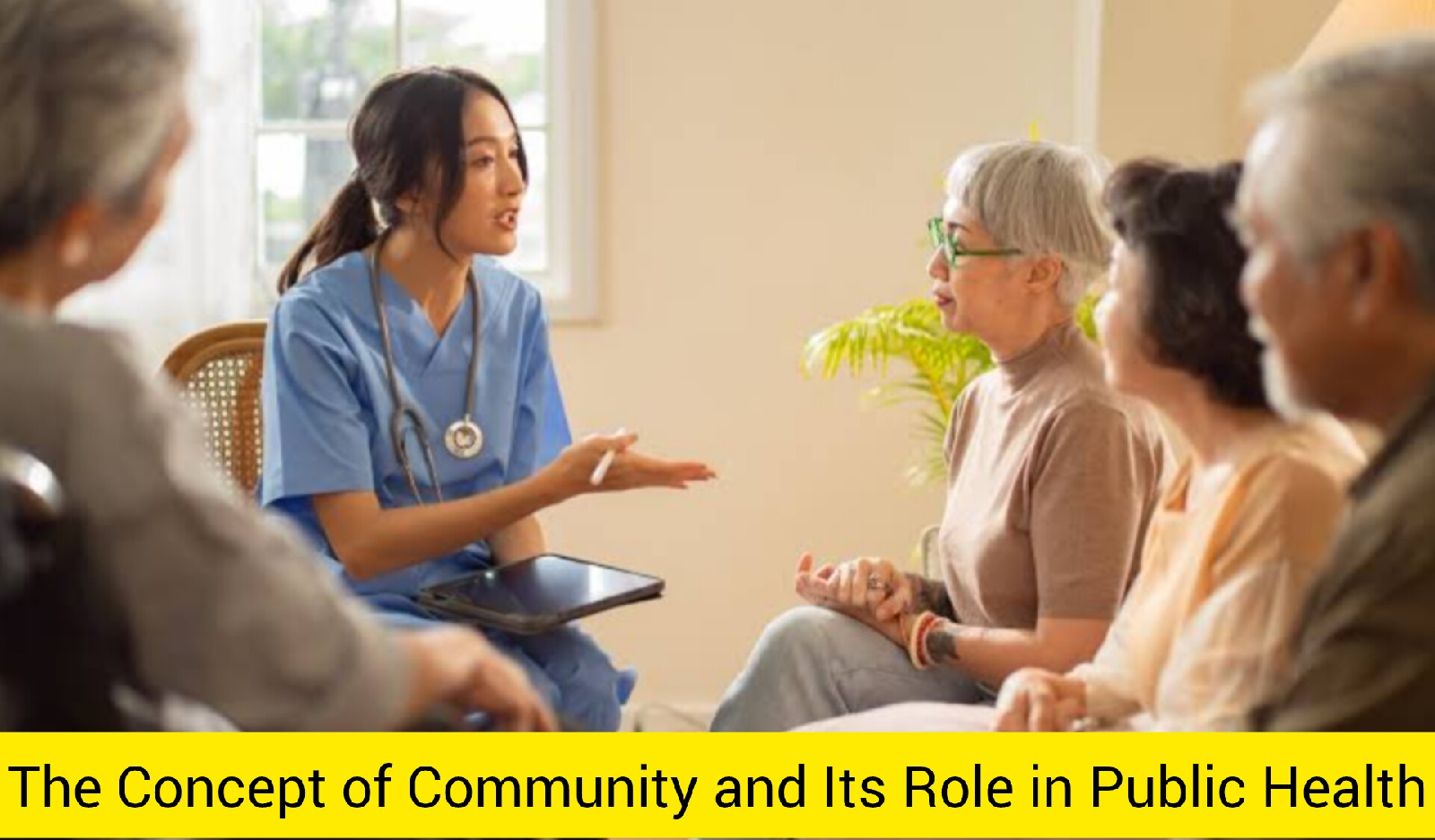Community plays a crucial role in shaping individuals’ health behaviors, beliefs, and access to healthcare resources. Public health, which focuses on preventing diseases and promoting well-being at the population level, heavily relies on community engagement and support. Both rural and urban communities contribute significantly to public health initiatives, each with its own strengths and challenges. This article explores the concept of community, its role in public health, and how community beliefs and home remedies influence treatment practices.
Concept of Community
A community is a social unit that shares common characteristics, such as geography, culture, language, values, or interests. It can be classified into rural and urban communities, each with distinct social structures, economic activities, and healthcare accessibilities. The sense of belonging and collective responsibility within a community makes it an essential player in public health efforts.
Role of Rural and Urban Communities in Public Health
Rural Communities
Rural communities often have a close-knit structure, with strong interpersonal relationships that foster collective decision-making and mutual support. Their role in public health includes:
- Promotion of Traditional and Local Health Practices – Rural communities often rely on indigenous knowledge and traditional medicine to manage health conditions.
- Community-Based Healthcare Services – Due to limited access to medical facilities, rural health initiatives include mobile clinics, community health workers, and local health awareness programs.
- Agricultural and Nutritional Influence – As many rural communities depend on agriculture, they play a vital role in ensuring food security and promoting nutritional well-being.
- Disease Prevention Through Community Engagement – Vaccination drives, sanitation projects, and maternal health programs are often executed through local community involvement.
Urban Communities
Urban communities, characterized by high population density and greater healthcare infrastructure, contribute to public health in the following ways:
- Access to Advanced Healthcare Facilities – Cities have hospitals, specialty clinics, and research institutions that provide quality healthcare services.
- Public Health Campaigns and Policies – Awareness programs related to hygiene, pollution control, and lifestyle diseases are more prevalent in urban settings.
- Employment and Economic Support – Urban centers provide economic opportunities that influence health conditions, insurance accessibility, and overall well-being.
- Technological Integration in Health Services – Telemedicine, digital health records, and AI-driven health solutions are prominent in urban health management.
Role of Community in Determining Beliefs, Practices, and Home Remedies in Treatment
Health Beliefs and Cultural Practices
Communities shape individual and collective beliefs regarding health, illness, and treatment approaches. Cultural norms influence:
- Attitudes towards vaccination and modern medicine.
- Perceptions of mental health and seeking professional help.
- Beliefs about dietary restrictions, hygiene, and spiritual healing.
Traditional and Home Remedies
Many communities rely on home remedies passed down through generations, including:
- Herbal Medicine – The use of medicinal plants like neem, turmeric, and ginger to treat ailments.
- Dietary Practices – Special foods and drinks for immunity boosting, such as honey and lemon for colds.
- Physical Therapies – Yoga, acupuncture, and massage therapy as alternative healing methods.
- Spiritual Healing – Rituals and prayers often play a role in healing practices in some cultures.
Challenges and Future Directions
Despite their contributions, communities face challenges such as:
- Misinformation and Superstitions – Some traditional beliefs contradict medical science, leading to resistance against vaccinations or modern treatments.
- Healthcare Disparities – Rural areas often lack sufficient healthcare infrastructure compared to urban centers.
- Environmental and Social Determinants – Pollution, urban overcrowding, and poor sanitation in some communities affect overall health outcomes.
To address these challenges, public health initiatives should:
- Integrate traditional knowledge with evidence-based medical practices.
- Strengthen community healthcare networks.
- Promote health literacy and awareness through education.
Conclusion
Communities, whether rural or urban, are integral to public health. Their beliefs, practices, and home remedies significantly influence health behaviors and treatment approaches. A collaborative effort between communities and public health authorities can lead to improved health outcomes, ensuring accessible and inclusive healthcare for all.




















.jpg)



No comments:
Post a Comment